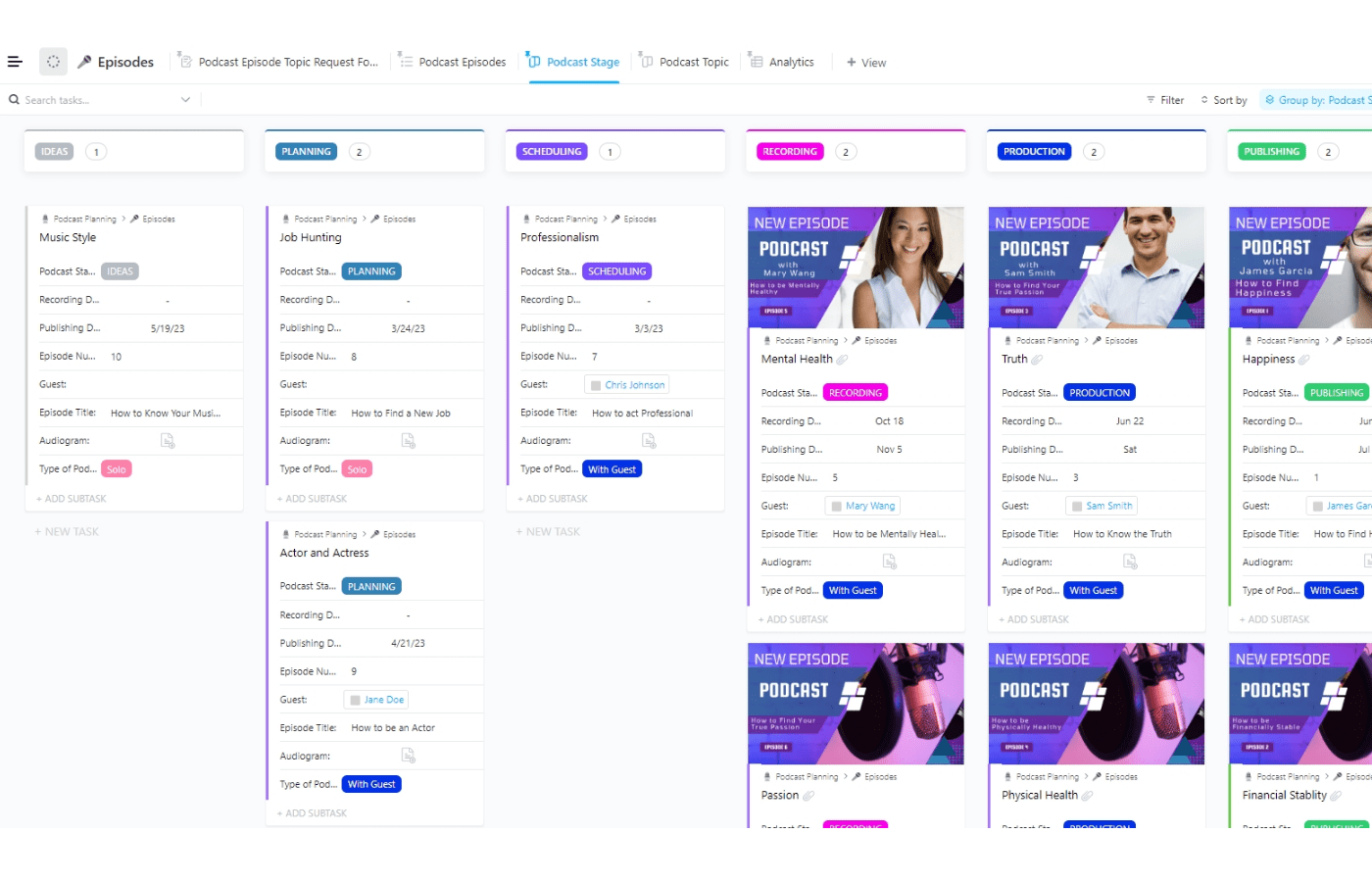Within software development, systems engineering, and — to a broader effect — project management, traceability is a complex but necessary strategy designed to ensure that the evolution of a product does not stray too far from its requirements and upon deliverability. Traceability describes relationships between two or more elements throughout the development process. In software development, it identifies and documents the derivation of these products from the set hierarchy and defines the necessary elements to determine whether each individual product is still necessary. In project management, requirement traceability outlines the relationship between customer requirements through a Requirement Traceability Matrix.
The Benefits of Requirement Traceability
The project management concept of employing traceability support creates a faster, more reliable development process. A study published in the Journal of Empirical Software Engineering showed that traceability support can increase the speed of a development project by 24% and the accuracy of a project by 50%. Accuracy is especially important: traceability aids in protecting against software defects, ensuring that the end result of the product meets the requirements that were initially outlined for the project’s development. Traceability information can eventually lead to a lower number of bugs in a software product, which further improves upon the speed at which the product is completed.
However, compliance can be an issue when it comes to traceability, and many project managers struggle when implementing traceability in a consistent and holistic manner. Complete understanding of requirements traceability is needed to create a system that is complete.
The Creation of a Traceability Matrix
A traceability matrix is a representation of one type of element to another type of element, using columns and rows. As an example, a development traceability matrix might have a requirements column and a source code row. For the purposes of project management, a traceability matrix might have each workstation within the project as one column, and each requirement as one row. It is important for the requirements to be well-defined within the matrix, though the other axis may be defined on a project-by-project basis or determined by the element currently being analyzed.
A traceability matrix creates a visual aid and overview to highlight any issues that are occurring with specific evolutions of the project, and though the concept of traceability is simple at the outset, it can become more complex once it is implemented in real-world terms. Once successfully implemented, it can be used to track important factors for success, and ultimately improve upon the entirety of the project.
The traceability matrix alone does not comprise a full strategy. An organization is also going to need to develop the correct workstation processes and metrics. Instead, the traceability matrix operates as a control tool, intended to better enable a project manager to manage by exception and prevent deviations too far from the intended evolution of the product.
READ MORE: Guide to Project Scope in Business
Tips for Better Requirement Traceability
- Create better transparency for stakeholders and principle contributors. Ensure that stakeholders are directly connected to requirements and issues of traceability, to ensure that the product is consistently moving in the right direction. Every requirement that is being traced should have team members associated with it, in addition to the customers that are associated with the requirement.
- Conduct regular audits regarding compliance and regulations. Requirement traceability works best when hand-in-hand with issues of compliance. As noted, compliance is a major challenge when it comes to requirement traceability. Special notice needs to be taken of regulatory compliance throughout the process.
- Automate the traceability of bi-directional requirements. When requirements impact each other, the traceability between the two requirements should be automated; changes to one should influence the other. This type of automation doesn’t just improve upon accuracy but also reduces project management and administrative time.
- Create a single, consolidated system for data and decisions throughout the project. One of the benefits to requirement traceability is that it can be used to consolidate the information that you need for project management success. Multiple solutions can introduce errors and inconsistencies; a single consolidated system is more likely to provide for fewer errors.
Ultimately, requirement traceability is only a tool designed to improve upon the consistency of the end product and the speed of development. It is how you as the project manager utilize this tool that is going to ultimately impact your organization’s improved product design, development, and deliverability. Learning more about requirement traceability is the first step towards ensuring that your end products are designed to the standards of the product owner and that there is accountability throughout the process of product evolution.





